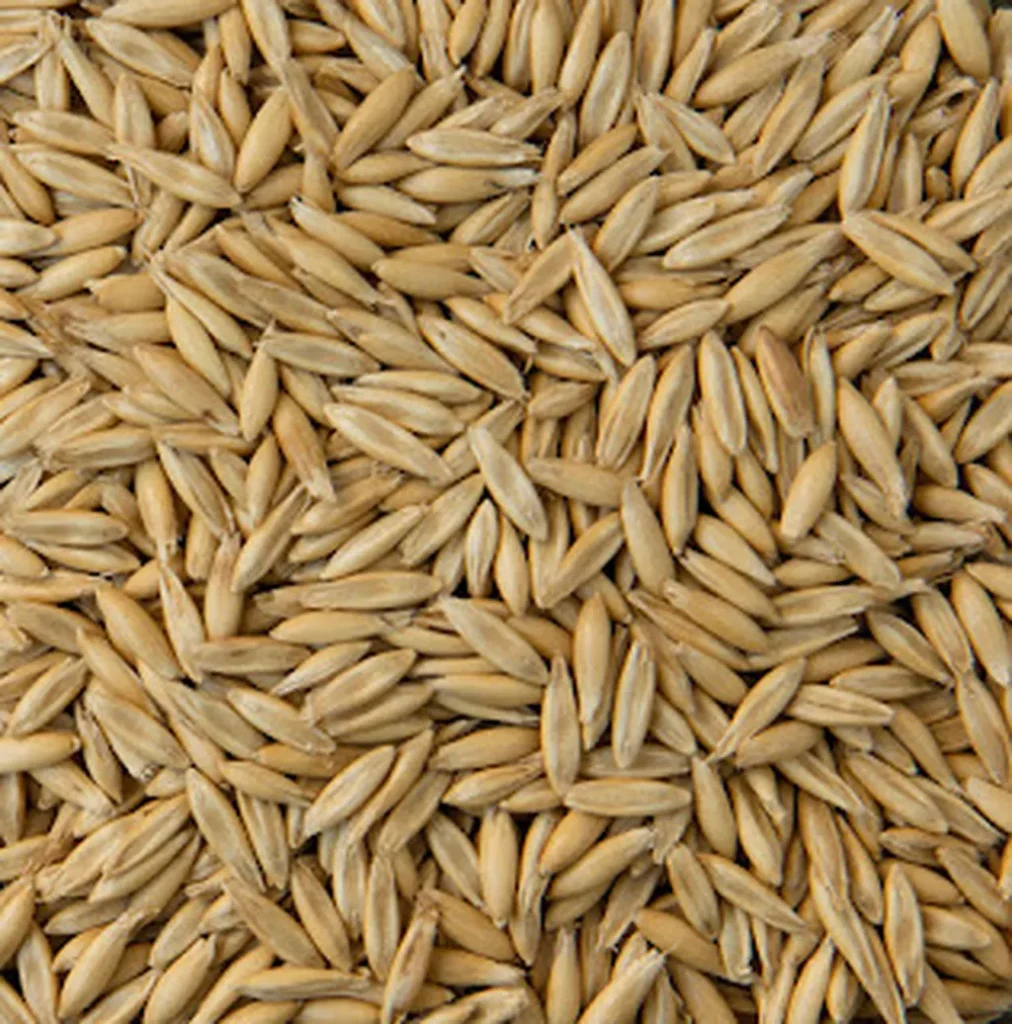In the vast landscapes where oats sway under the open sky, a silent partnership is unfolding beneath the soil, one that could revolutionize how we cultivate crops in challenging environments. Researchers, led by Xingzhe Wang from the Key Laboratory of Forage and Endemic Crop Biotechnology at Inner Mongolia University, have uncovered how arbuscular mycorrhizal fungi (AMF) can bolster oats against the harsh realities of saline-alkali stress, a common issue that stifles agricultural productivity worldwide.
The study, published in the Journal of Fungi (also known as the Journal of Mushrooms), delves into the intricate dance between AMF and oat roots, revealing a symbiotic relationship that enhances growth and resilience. “AMF symbiosis significantly promoted oat growth and physiological performance under both normal and saline–alkali stress conditions,” Wang explained. This isn’t just about making plants grow taller; it’s about equipping them with the tools to thrive where others falter.
Under normal conditions, AMF increased plant height and biomass by 8.5% and 15.3%, respectively. But the real magic happens under saline-alkali stress. Here, AMF enhanced the oats’ chlorophyll content (SPAD value) and relative water content, reduced harmful compounds like malondialdehyde (MDA), and boosted antioxidant enzyme activities. “We saw a 35.8% reduction in MDA content and significant increases in antioxidant enzymes like SOD, POD, and CAT,” Wang noted. These enzymes are crucial for combating oxidative stress, essentially acting as the plant’s internal defense system.
The research didn’t stop at physiological measurements. By employing integrated multi-omics analyses—transcriptomics and metabolomics—the team uncovered the genetic and metabolic pathways involved in AMF-mediated growth and stress tolerance. Transcriptomic analysis revealed that AMF colonization under saline–alkali stress induced about twice as many differentially expressed genes (DEGs) as under non-saline–alkali stressed conditions. These DEGs were primarily associated with environmental information processing, genetic information processing, and metabolic processes.
Metabolomic analysis identified 573 metabolites across treatments, mainly comprising lipids, organic compounds, and secondary metabolites. The integrated multi-omics analysis indicated that AMF optimized energy utilization and antioxidant defense by enhancing pathways like phenylpropanoid biosynthesis and amino acid metabolism.
So, what does this mean for the future of agriculture and the energy sector? For starters, it offers a promising strategy for remediating saline-alkali soils, which are often deemed unsuitable for cultivation. By harnessing the power of AMF, farmers could potentially transform marginal lands into productive fields, increasing crop yields and food security.
In the energy sector, the implications are equally significant. Bioenergy crops, such as oats, are increasingly being explored as sources of renewable energy. Enhancing their growth and resilience through AMF symbiosis could make these crops more viable and sustainable. “This study provides new insights into how AMF may enhance oat growth and tolerance to saline–alkali stress,” Wang said. “It opens up avenues for developing more resilient crops that can thrive in challenging environments.”
As we grapple with the realities of climate change and the need for sustainable agriculture, research like this offers a beacon of hope. It’s a testament to the power of nature’s partnerships and the potential they hold for shaping our future.

